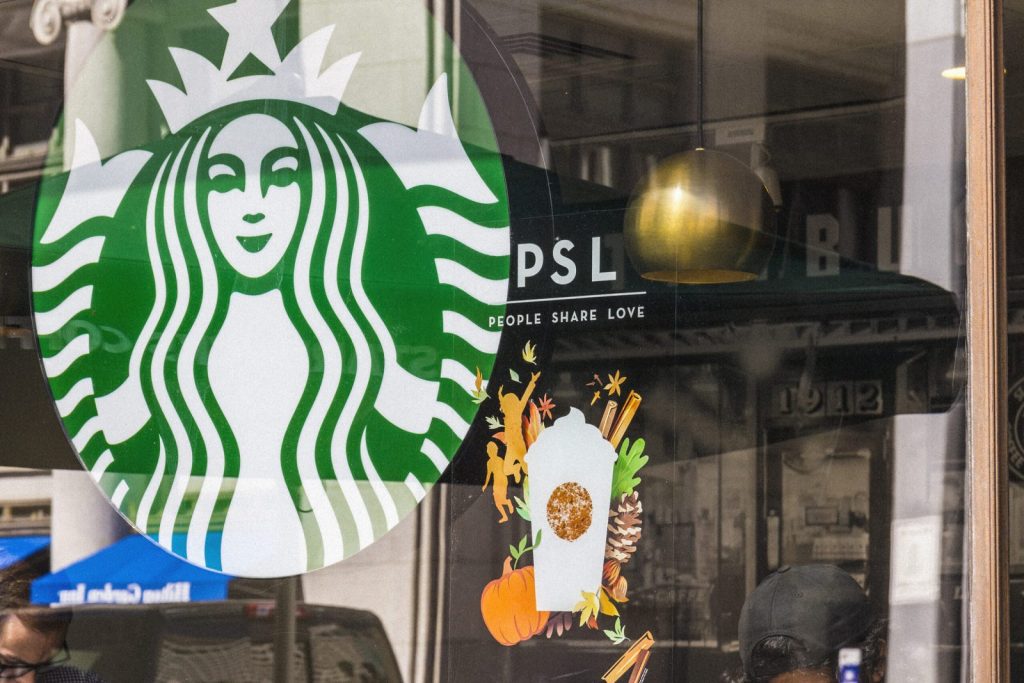
Pumpkin spice marketing and the success it’s seen over the years can be explained by nostalgia, broad cultural appeal, and even the way human brains work.
Anybody can visit a local grocery store to buy a jar of pumpkin spice for a few dollars. Generally, the blend contains a mix of cloves, nutmeg, and cinnamon, and sometimes, ginger and allspice. Stores have sold these traditional spice mixes for generations. For most of that time, shoppers would pick up a jar as a convenient way to season pumpkin pie, a traditional autumn treat.
How did pumpkin spice become incredibly popular as a fancy coffee flavor? Obviously, anybody could have added a pinch of this blend, milk, and sweetener to their coffee mug for a few cents a serving. Until about a decade ago, few people thought of it.
According to a recent estimate from Forbes, Starbucks has managed to turn this common mix of seasonal spices into a popular phenom that helps them sell about 20 million cups of pumpkin spice latte each year. Even more, they reserve their pumpkin spice for the holiday season, so it’s not even available all year. Later, plenty of other businesses caught on and flavored or scented their products in an effort to profit from the trend.
Obviously, lots of marketers would like to understand how Starbucks managed to turn a seasonal drink into extra revenue and even a cultural phenomenon. Consider the popularity of pumpkin spice from the perspective of consumer insight marketing to understand why it grew so wildly popular and how to apply these lessons to other marketing efforts.
Five pumpkin spice consumer insights marketing perspectives
To spark some ideas for other potential products, start by understanding what makes pumpkin spice latte so great.
1. Pumpkin spice smells like nostalgia
People may actually derive more satisfaction from the fragrance of a pumpkin spice latte than the flavor. According to Scientific American, the brain processes olfactory information differently from other senses. Scents travel more directly to centers of the brain associated with memory and emotion.
Thus, people may actually remember scent-associated memories faster than they can even recall the name of the scent. If somebody says that pumpkin spice smells like Christmas, they’re probably describing their first reaction to the smell pretty well. Very often, people lend weight to this idea by saying they enjoy pumpkin spice because it reminds them of holiday gatherings and other pleasant memories.
Anyway, a hot brew provides the perfect carrier for the scent of a fragrant blend of spices. If some people talk about needing their pumpkin spice fix, they’re offering clues to the appeal of this holiday drink. For a little while, just letting the scent waft into the air can help evoke the holiday spirit
2. People connect with others around their love of pumpkin spice
Of course, plenty of competitors and other companies have jumped onto the pumpkin spice bandwagon. Besides coffee, consumers can find everything from recipes for pumpkin spice granola to spice-scented soap. Lots of these products generate social groups and energetic follower bases.
As an example, Starbucks has a Facebook page dedicated to its pumpkin spice latte and thousands of followers. Yes, people join a Facebook group to show their support for this drink and ensure they stay updated with news about the coffee drink. On a related note, the Facebook Pumpkin Spice Festival group also has thousands of followers. That’s dedicated to all things pumpkin spiced and not just coffee. By picking up on a popular trend, plenty of marketers can find a thirsty market.
3. Pumpkin spice stirs up light-hearted controversy
Brands generally like to minimize controversy; however, measured differences of opinion can also attract attention. Reddit, for example, has multiple threads devoted to discussions of the relative merits or demerits of pumpkin spice.
Judging by some of these Reddit threads:
- Some contributors admitted they loved the Starbucks latte but considered it a guilty pleasure.
- Others argued that the flavor had grown so pervasive that the whole uproar ruined their enjoyment of a seasonal treat.
- Of course, the purists objected to the fact that it tasted nothing like pumpkins. Pumpkin spice products only contain the spices used to flavor pumpkin pie and sweetener but not pumpkins.
Most posters just appeared to be having fun discussing a fairly harmless topic, and the thing is, nobody really said they disliked the flavor. In any case, lively discussions like that engage viewers. It’s fair to assume that more than a few readers stumbled on the discussion and decided they needed to try the drink to form their own opinion.
The idea of pumpkin spice has even generated memes. Funny, supportive, or even mildly disparaging, they get shared on social media and bring more attention.
4. Seasonality can generate a sense of scarcity
Some businesses only want to invest in products they can sell 12 months a year. At the same time, marketers should recognize the value of having seasonal items. According to Unamo, a provider of SEO and market research services, the seasonality of pumpkin spice products provides two powerful benefits:
- A sense of scarcity: With some products, scarcity creates extra value value. Anybody can buy the spice blend in a grocery store 12 months a year. However, Starbucks and other companies tend to reserve their products for the holiday season, so customers have to wait to buy them.
- Association with seasonal marketing: The product’s seasonality also makes it easy to incorporate pumpkin spice marketing with seasonal marketing. People tend to spend more during holidays, so they’re likely to indulge in fancy coffee when they’re out shopping, meeting friends, traveling, or even commuting.
5. Pumpkin spices span most U.S. cultures
A pumpkin spice latte serves as a new twist on something traditional for many people. Today, Thanksgiving feasts from Maine to California often include this traditional dessert. Similar scents emanated from George and Martha Washington’s kitchen hundreds of years ago. At the same time, such ethnic cuisines as Chinese, Middle Eastern, and African often use one or more of the spices in the blend.
Adding the spices to a coffee drink provides some novelty; however, the brand doesn’t need to introduce a totally new flavor to reach a wide base of potential customers. Even though pumpkin spice latte may have seemed novel when first introduced, people could already associate the scent and flavor with things they already liked.
How a consumer insights company can help other businesses spice up their marketing
Some businesses may want to include pumpkin spice in their own products to improve engagement and revenues by riding on a popular trend. Even though it’s already pervasive, the seasonality of pumpkin spice gives marketers a chance to make a fresh start every year.
A few companies may want to come up with their own ideas for a novel twist on something that’s already very familiar to their market. Bacon-flavored toothpaste checks some of the boxes but doesn’t appear to have quite the same appeal. Prudent businesses will want to engage market research services to test their ideas before releasing new items to the public.


